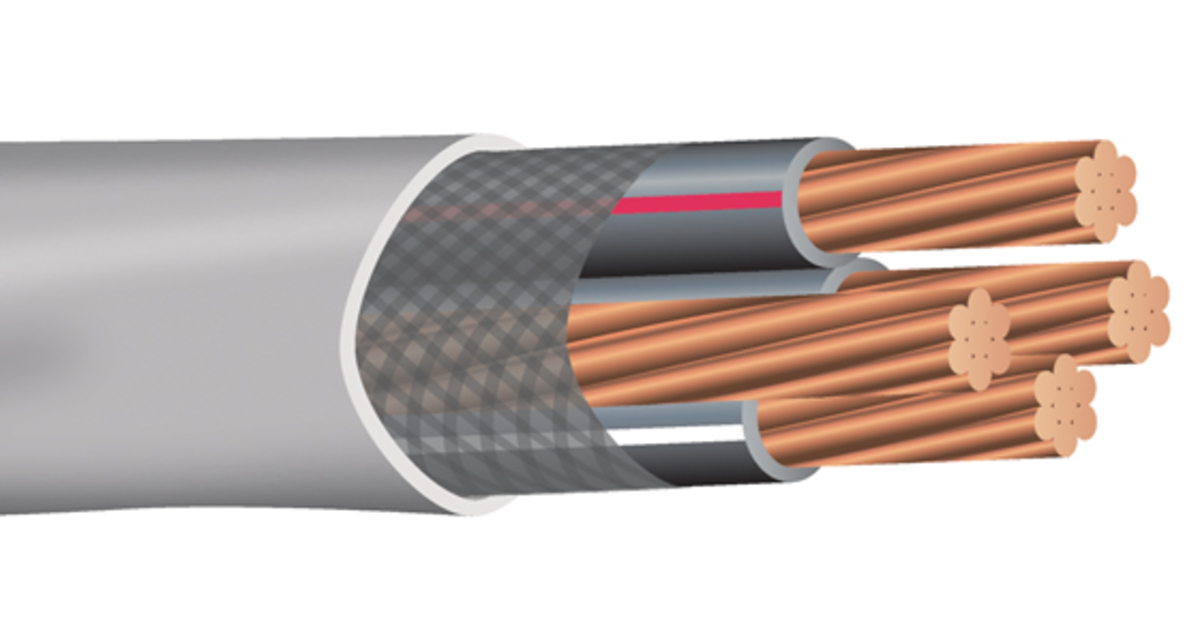ponytug
Super Member
I'm a proponent of copper as well; lower power losses.nope not suitable for the chargers I have experience with. Installation say alum. a no go.
Not supposed to use alum. wire as the charger is both a continuous use of high power (many hours) and regular use (very often)
ie: to much power to often but service drops are the same IMHO but its what the installation manual said.
but 2-2-4 alum. USE-2 / URD from Southwire is rated 165 amps when buried though??? so I'm clueless only sharing what installers book said.
Can you point to where that specification is? On the Southwire website, it doesn't even go that high for copper on 2-2-2-4;

2-2-2-4 CU SERVICE ENTRANCE TYPE SER PVC JACKET | Southwire
Southwire's 2-2-2-4 CU SERVICE ENTRANCE TYPE SER PVC JACKET cable is rated for 600 volts and can handle wet or dry locations. Get yours now.
All the best,
Peter
